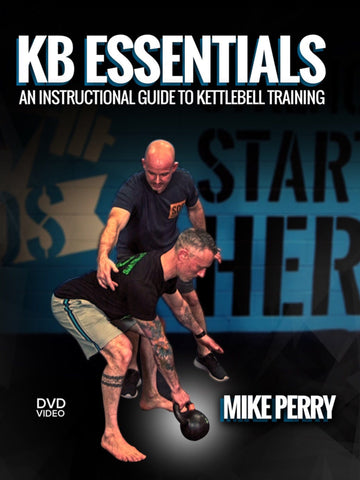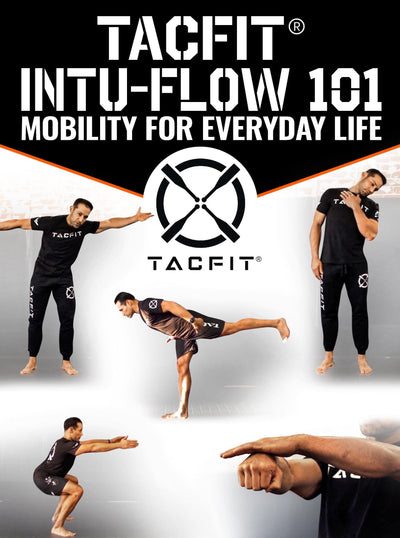Kettlebell Lateral Lunge
In the realm of functional fitness, few exercises offer the same level of full-body engagement and dynamic movement as the kettlebell lateral lunge. This compound exercise not only targets multiple muscle groups but also challenges your balance, flexibility, and stability. By incorporating the kettlebell into the lateral lunge, you unlock a new level of intensity, making it a go-to exercise for athletes, fitness enthusiasts, and anyone seeking to enhance their overall strength and mobility. Let's dive deeper into the benefits and technique of the kettlebell lateral lunge.
What this article covers:
- Activation of Multiple Muscle Groups
- Enhanced Hip Mobility and Flexibility
- Increased Balance and Stability
- Technique and Execution
- Kettlebell Curtsy Lunge
- Kettlebell Overhead Lunge
- Kettlebell Goblet Walking Lunge
- Kettlebell Lunges: Muscles Worked
- Kettlebell Walking Lunge
Activation of Multiple Muscle Groups
The kettlebell lateral lunge is a powerhouse exercise that engages various muscle groups simultaneously. As you perform the movement, your glutes, quadriceps, hamstrings, and adductor muscles are all activated. The lateral lunge also demands core stability, as you engage your abs and obliques to maintain proper form throughout the exercise. By working these major muscle groups, you'll develop functional strength and improve your overall athletic performance.
Enhanced Hip Mobility and Flexibility
One of the key advantages of the kettlebell lateral lunge is its ability to improve hip mobility and flexibility. As you perform the exercise, you're required to move laterally, which helps to open up the hips and improve their range of motion. Over time, this can lead to better overall mobility, making daily movements, sports activities, and other exercises more fluid and efficient.
Increased Balance and Stability
Maintaining balance and stability is crucial in both everyday life and athletic endeavors. The kettlebell lateral lunge challenges your body to maintain stability as you shift your weight laterally. By training this exercise regularly, you can improve your proprioception and strengthen the muscles responsible for balance, reducing the risk of falls or injuries during other physical activities.
Technique and Execution
To perform the kettlebell lateral lunge correctly, start by standing with your feet shoulder-width apart and hold a kettlebell with both hands in front of your chest. Take a step to the side with your right foot, maintaining a wide stance, and shift your body weight towards your right foot. As you lunge to the right, keep your chest up, back straight, and push your hips back. Descend until your right thigh is parallel to the ground, then push through your right heel to return to the starting position. Repeat on the other side. Remember to start with a lighter kettlebell and gradually increase the weight as you become more comfortable with the movement.
Kettlebell Curtsy Lunge
The kettlebell curtsy lunge is a variation of the traditional lunge that adds an additional element of lateral movement. This exercise primarily targets the lower body, engaging the glutes, quadriceps, hamstrings, and adductor muscles. By stepping back and crossing one leg behind the other in a curtsy-like motion, you activate different muscle fibers and challenge your balance and coordination. Adding a kettlebell to this movement increases the resistance, making it a fantastic exercise for developing lower body strength and stability.
Kettlebell Overhead Lunge
The kettlebell overhead lunge takes the traditional lunge exercise to a whole new level by incorporating an overhead hold with a kettlebell. This compound movement engages the entire body, with a strong emphasis on the shoulders, core, and legs. By raising the kettlebell overhead, you challenge your shoulder stability and strengthen the muscles responsible for maintaining the weight in a balanced position. The combination of the lunge and the overhead hold also improves coordination and enhances functional strength, making it an excellent exercise for athletes and individuals seeking total-body conditioning.
Kettlebell Goblet Walking Lunge
The kettlebell goblet walking lunge is a dynamic variation of the lunge exercise that targets multiple muscle groups while simultaneously challenging your core stability. Holding a kettlebell in front of your chest with both hands, you perform walking lunges, alternating legs with each step. This exercise engages the glutes, quadriceps, hamstrings, and core muscles. The goblet position adds an extra load to the upper body, increasing the demand on your core muscles to maintain an upright posture throughout the movement. The kettlebell goblet walking lunge is an effective way to build leg strength, improve balance, and enhance overall body control.
Kettlebell Lunges: Muscles Worked
Kettlebell lunges work multiple muscle groups, making them highly effective for developing strength and stability. The primary muscles targeted during kettlebell lunges include the quadriceps (front of the thighs), glutes (buttocks), hamstrings (back of the thighs), and adductors (inner thighs). Additionally, the core muscles, including the abs and obliques, play a significant role in stabilizing the body during the lunge movement. Depending on the variation of the lunge and the kettlebell placement, other muscles such as the calves, shoulders, and upper back may also be engaged to a lesser extent. Kettlebell lunges provide a comprehensive lower body workout that can be tailored to different fitness levels and goals.
Kettlebell Walking Lunge
The kettlebell walking lunge is a dynamic exercise that combines the benefits of lunges with the added challenge of walking or stepping forward. Holding a kettlebell in either one or both hands, you perform alternating lunges while continuously moving forward. This exercise not only targets the lower body muscles, including the quads, glutes, and hamstrings but also engages the core and stabilizer muscles to maintain balance and control throughout the movement. The walking aspect of this exercise increases the cardiovascular demand, making it an excellent choice for improving endurance, lower body strength, and overall body coordination.
The kettlebell lateral lunge is a versatile exercise that provides a host of benefits for both functional fitness and overall well-being. By incorporating this exercise into your workout routine, you can unlock full-body strength, stability, and improved mobility. Whether you're an athlete aiming to enhance performance or simply looking to increase your fitness level, the kettlebell lateral lunge is a dynamic exercise that should not be overlooked. Embrace the challenge, perfect your technique, and watch as your strength and athleticism soar to new heights.
Did you find the blog helpful? If so, consider checking out other guides:
- Kettlebell Lunges
- The Kettlebell Side Lunge
- The Kettlebell Reverse Lunge
- Kettlebell Lunge Press
- Kettlebell Thruster
- Kettlebell Squat Thrust
- Kettlebell Thrust
- Banded Kettlebell Hip Thrust
- Kettlebell Snatch Muscles Worked
- Double Kettlebell Snatch
- The Kettlebell Half Snatch
- Kettlebell Clean and Snatch
- Renegade Rows with Kettlebells
- Kettlebell Gorilla Rows
- The Kettlebell Ballistic Row





